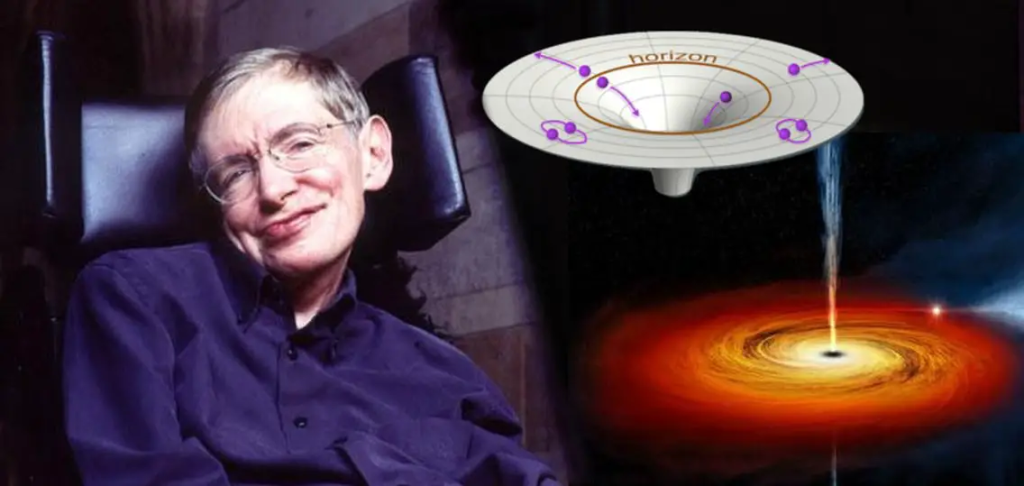Discover the fascinating theories of Stephen Hawking as he explores the mysteries that lie before the Big Bang. Delve into concepts of quantum mechanics, the space-time continuum, and imaginary time to understand the origins of the universe. Hawking’s groundbreaking ideas challenge our perceptions of time and space, offering insights into the pre-Big Bang universe. This article sheds light on Hawking’s hypothesis, providing an engaging and thought-provoking look at the fundamental questions of cosmology and astrophysics.

Stephen Hawking’s insights into the origins of the universe challenge our conventional understanding of time and existence. His theory, as shared in a recent episode of National Geographic’s “Star Talk,” posits that before the Big Bang, there wasn’t a traditional “before” because time itself didn’t exist as we know it. Instead, time and space were in a “bent state,” distorted by another dimension.
Breaking Down the Laws of Physics
The Big Bang wasn’t just the start of our universe; it was the creation of time itself. This event marked a breakdown in the laws of physics as we understand them, indicating that anything preceding this moment doesn’t conform to our current understanding of time and existence.
The Concept of Space-Time
Hawking employs the concept of space-time, which integrates the three dimensions of space with the one dimension of time into a single four-dimensional continuum. This framework is crucial for understanding his theory. The analogy Hawking used, likening space-time’s curvature to the Earth’s shape, introduces the concept of “imaginary time” as a fourth direction of space, distinct from the linear progression of time from past to future.
Imaginary Time and the Universe’s Boundary
Imaginary time, as Hawking describes, serves as a vertical line to the horizontal line of past and future. This concept suggests that before the Big Bang, time had no boundary, much like there’s nothing south of the South Pole. The history of the universe, then, is not a flat line but a curved, four-dimensional object, extending beyond our conventional understanding of spatial dimensions.
The Universe Before the Big Bang
Hawking suggests that before the Big Bang, the universe was an incredibly dense point of heat and energy, compacted to the size of an atom. Within this point, the laws of physics and time as we know them ceased to function, creating a state where time as we understand it did not exist. This challenges the notion of a universe emerging from nothing, proposing instead that the universe always existed in some form, infinitely approaching but never reaching “nothingness.”
The Arrow of Time
Moving back in time from the Big Bang, the “arrow” of time contracts infinitely as the universe becomes smaller, implying there is no clear starting point. This infinite regression suggests a universe without a traditional beginning, constantly bending and never becoming nothing.
Conclusion
Stephen Hawking’s theory presents a radical reimagining of the universe’s origins, where the concept of “before” the Big Bang is redefined through the lens of quantum physics and general relativity. His ideas invite us to reconsider not just the universe’s beginning but the very nature of time and existence.
So, do I agree with Stephen Hawking? His arguments are compelling and grounded in complex theories that challenge our perceptions. While difficult to fully grasp without a deep understanding of physics, his perspective offers a fascinating glimpse into the possibilities of our universe’s origins. What are your thoughts?






